SaaS Founder’s Guide for 2021 To Conversational Marketing [FULL GUIDE]
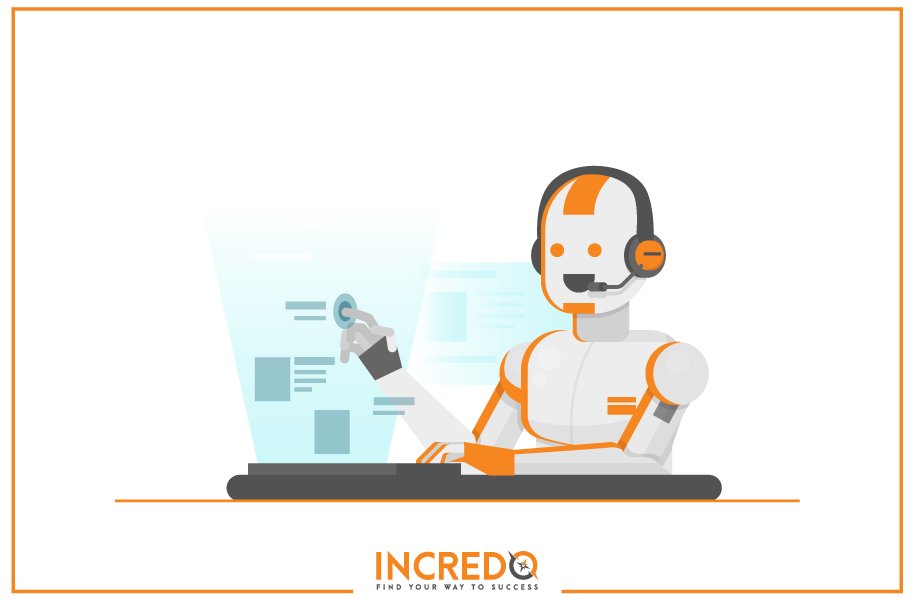
SaaS Founder’s Guide for 2021 To Conversational Marketing [FULL GUIDE]
Conversational marketing has conquered the SaaS industry long ago. Software companies engage, qualify, and recommend visitors with the help of chatbots who set new rules for improving user experience.
After exploring this post, you will know
1) What is conversational marketing and how it works,
2) What is making CM a successful strategy,
3) How to increase conversions through CM,
4) How your SaaS peers leverage CM so far.
Stay us till the end. Because our post is rich in examples, tips, expert quotes and includes all the info you need to have at hand.
What is conversational marketing and how does it work?
Let’s start with a conversational marketing definition and see what lies under it.
“Conversational marketing is the new way businesses connect with people on their website. Just like texting but for businesses.”
or
“Conversational marketing is the process of having real-time on-on-one conversations in order to capture, qualify, and connect your best lead.”
https://www.youtube.com/watch?v=EPPXgQgWfDk
So whenever you visit a website and see a similar picture like below, it means that the website is using the conversational method to engage with people.

(Yes, this is from our website)
What does it actually mean to leverage conversational marketing?
There’s a bot that detects your presence on the website. The bot asks you prewritten questions to understand what you are looking for and what is your goal. Based on your answers, it recommends you what to do, what page to visit or where to click. It works like the live chat but at human-chatbot, not human-human level.
Not all chatbots are the same and there are 3 main types.
1) Menu-based chatbots offer the visitors fixed options to choose from. And depending on the choice, they provide this or that answer.
2) Keyword-based chatbots answer visitor queries by analyzing what words they use.
3) Contextual chatbots are even smarter and analyze the context of the query, not just the words.
Isn’t your SaaS growing? Schedule a free discovery call with us now
When you subscribe to any live chat software, you get access to a dashboard. From there you manage your bot’s questions, answers, and help it get smarter.
The dashboard also provides you with analytics on how many leads you generated, how many meetings you booked, how much revenue to expect.
For example, HelpCrunch is a perfect platform that helps install a live chat window on your site and set up automated messages.
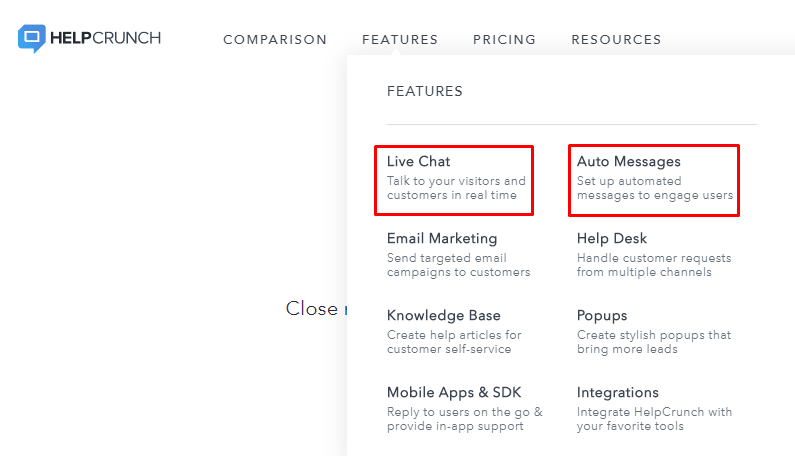
Some companies just use chatbots to capture email addresses and contact them later. Here’s an example from Mondovo, SEO and social media tool.
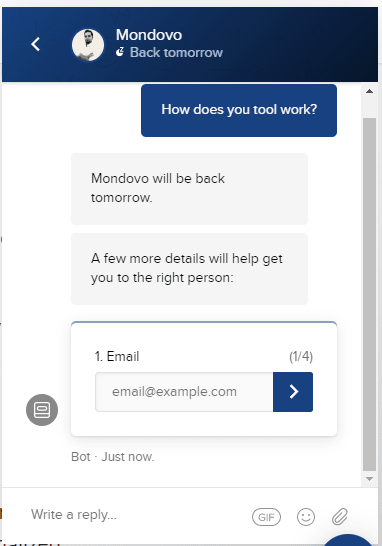
But chatbots at many other companies ask real-time questions and enter into a dialogue in real time.
What is making conversational marketing a success?
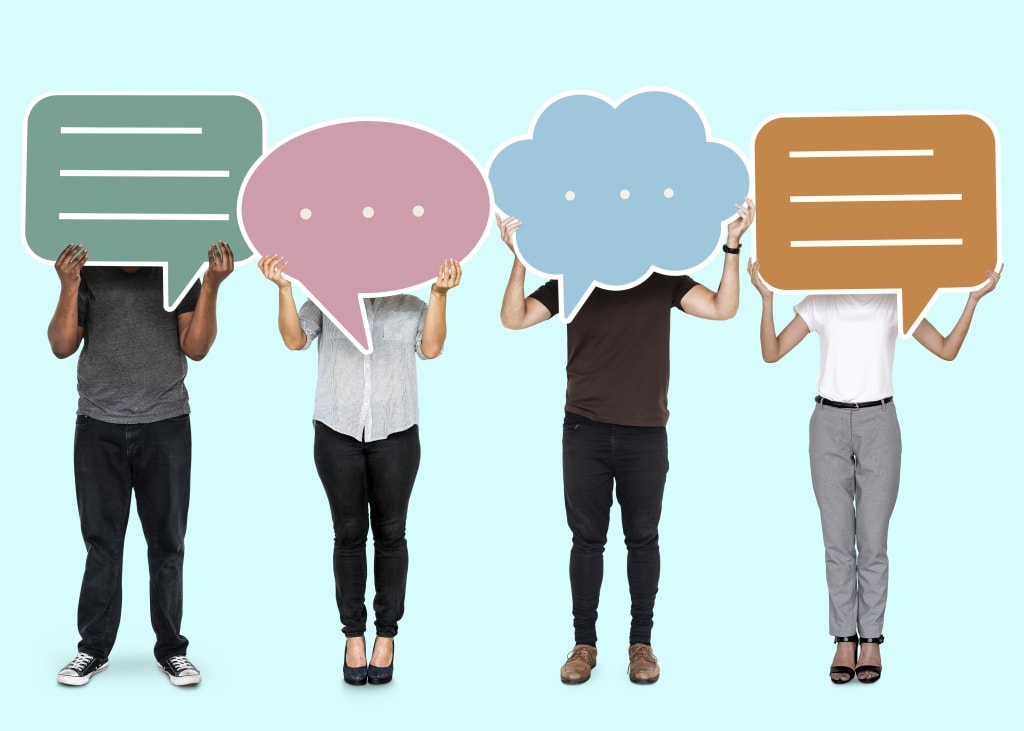
Businesses are still using email marketing, social media marketing, even PPC ads for their SaaS. And no one claims you should withdraw from all your marketing channels and focus solely on this form of marketing.
But…
Since users get many sales emails and marketing newsletters, social media feeds are full of ads, you should think something different.
Here are top 5 benefits of relying on website conversations:
1) Shorten your sales cycle
The typical scenario that leads to booking a demo is the following. You generate a lead, you qualify him, you send him emails every 2-3 days, you show him Facebook retargeting ads. And one day she converts and books a call.
We don’t say this approach is wrong or doesn’t work. No. We even have separate posts on SaaS sales funnel, SaaS lead nurturing, and Facebook ads strategy. But your ledas might just get unsubscribed from your emails without booking a demo or just never convert.
Your chatbot qualifies your lead immediately, with a few short questions. And if she is ready for the final action, your bot invites her to a call.
2) Serving website visitors 24/7
Chatbots don’t ask for vacations, paid day-offs, don’t sleep at night and don’t relax on weekends. But your sales, marketing, customer support team members do.
With a chatbot, you can capture email addresses, start conversations, and book calls even when your team is celebrating holidays.
3) Visitors want an answer now, not later
Your prospects don’t care whether your team is busy or whatever issue. They want answers to questions right away. Because now we are in a rush, we hate waiting and we choose responsive companies over those that take our time.
4) Two-way conversation, personalized, in real time
Lead capture forms may be ideally designed and developed. But filling out a form is a more one-way process and leaves less room for adding personal touch.
The relation between a human and a chatbot is a dialogue where both parties are actively participating.
5) Chatbots can handle a huge number of queries at a time
Imagine you have customer support reps sitting in front of desks and answering live chat queries. But more and more visitors start asking questions and your team can’t handle the flow. You won’t face a similar problem with chatbots.
How to increase conversions through conversational marketing?
You don’t want to show the same question to all your visitors and regardless of what they are looking for. That already kills personalization. Instead, you have to answer these 3 questions long before bothering your user with a pop-up:
#1 What page is your visitor on?
A visitor on your pricing page and another visitor on your blog page look for different info, right? It’s as clear as the day. That’s why you should design different and specific question flows for each type of page.
For example, visitors landing on your resources, blog, ebooks, library pages are probably looking for educational content. Tips, recommendations, how-to posts. Your chatbot’s questions need to be more education-oriented than salesy.
Or if your visitor is on your Contact, Schedule a demo, Case Studies, Product, Pricing page, offering an informative post will be a strategic mistake. U
sers landing on similar pages are in the Consideration or Decision stage, so going back to the Awareness stage is not what you aim for.
#2 Who is your visitor?
You have different types of visitors. New ones (first time on your site), return visitors (you track cookies), leads (you have their email address), current customers. They all can’t be treated equally. They ask questions and need answers that may be completely different from each other.
Your current users might be more interested in reaching success with your software. While your first-time guests are probably just getting acquainted with you. Your leads yet need to be converted into free trials or freemium users. You already understand what I mean.
#3 Where does your visitor come from?
Might seem irrelevant or unnecessary but traffic sources matter.
If your visitor comes from direct traffic, it means he has already heard about you somewhere.
Those coming from direct and organic traffic are more qualified because they have chosen to land on your website.
Those coming from paid ads usually convert harder. They landed on your site because they saw an ad and clicked on it. So you have more work to do to build trust.
You need to formulate your questions accordingly, after carefully answering these 4 questions.
Isn’t your SaaS growing? Schedule a free discovery call with us now
5 more tips to keep your visitors engaged

#1 Don’t show a pop-up right after the visitor lands on your website. Wait for a while. Maybe he already knows where to go, what to do and you are just disturbing him. Make sure your help is relevant to the situation.
#2 Don’t ask too many or unnecessary questions. It’s extremely easy to annoy a person if he feels like he is involved in a meaningless conversation.
#3 Develop smart sequences. Your next question should be the logical continuation of the previous one. Include only those questions and suggestions that ultimately help you qualify, understand, and convert your guest.
#4 Analyze what answers you get and adjust your questions or suggestions accordingly. We know that you work with great copywriters and they know how to keep the dialogue alive.
Despite that, don’t underestimate the role of analytics. Analyzing answers will help you improve the quality of conversations and reduce the number of unanswered questions.
#5 Do something fun when your bot doesn’t have a relevant answer. Your visitors have diverse problems and endless imagination.
So come up with an idea on what your bot will show in case of unexpected answers. Maybe suggest contacting a real person, sending an email or something else.
These SaaS companies are already using conversational marketing: See what they have to say!
Time to see what your SaaS peers have prepared for you today. All of them have used conversations in their marketing efforts and share ideas you won’t read anywhere else.
#1 Andrus Purde
CEO at Outfunnel, Marketing Automation Tool

“Conversational marketing is more than installing a chatbot with if/then rules. In our case, it has helped us save 80%+ of our time onboarding new clients.
We optimized our email drips and in-app product messages with this in mind. There should be some personalized ways to take the conversation forward, rather than shoving an offer down the customers’ throats.
For example, our emails are sent out depending on certain stages of the signup process. We introduce ourselves and share what we do.
Let’s remember that a conversation is a human-to-human interaction. We like to remind them about why they were interested in using our product and what steps to take.
We also share a bit about our own success with automating our marketing. Thus, they could gain some inspiration for their marketing campaigns.”
#2 Kasia Majewska
Marketing Executive at NapoleonCat, Marketing and Analytics Platform

“At NapoleonCat, we pay much attention both to customer service and, what follows, conversational marketing. We also frequently discuss the whys and hows of it on our blog.
There are many ways to make use of online conversations to boost your revenue. But two of the most effective are using a chatbot for social retargeting and programming a voice assistant to deliver convenience personalisation (e.g. giving personalised recommendations).
Here’s what companies should take into consideration when experimenting with conversational marketing:
-Be quick: no matter if we’re becoming too self-entitled or simply lack patience, one thing is certain. When we ask questions, we want answers. Not tomorrow, not yesterday, but right now.
-Go omnichannel: give your customers a choice. According to MageStore, 73% of customers choose to connect and shop across more than one channel.”
#3 Janina Moza
Marketing Manager at Flipsnack, Online Flipbook Maker

“CM helps a business connect with its target audience through direct, personal interactions via live chat, chat platforms or conversations.
In my opinion, it is one of the most effective ways to really connect with customers and prospects on a human level. Because it requires every reply to be fully personalized.
This level of personalization creates an emotional connection between the brand and customer. That’s what every brand wants to achieve.
Ideally you want humans to carry on conversations, but it can get very expensive for big brands. There are many tools which can help automate some of this, with chatbots and smart replies.
At Flipsnack we use the same channel for both live chat assistance and marketing communication, and we’ve seen great results.
Our site visitors and clients are much more engaged than they were before.
They carry on conversations with our teammates about new features and communicate their feedback.”
#4 Caterina Bassano
Marketing Executive at Ibby, Messaging Platform

“Conversational marketing is essential for our SaaS team. It’s our primary means to personalise the customer journey, boost and increase sales.
Our leads are captured via a conversational interface with our live chat platform. And we follow up with emails and SMS
, keeping the conversation alive until the sale is closed.
By interacting with prospective customers and users with conversations, SaaS teams are able to humanise the buying journey. They also can add a personal touch and increase the level of personalisation during the sales process.”
#5 Patsy Nearkhou
Marketing Manager at Talkative, Live Chat, Video Calling, Cobrowsing Software

“Conversational marketing is one of the most important aspects of a modern marketing strategy. Because it allows you to speak directly with customers in real-time like never before. This is especially true with the rise in digital channels, and websites in particular.
In the past, digital marketing teams were completely disconnected from customer service teams. Back then, the idea was that marketing teams created the brand, the image and promoted it, but weren’t customer facing.
However, those days are gone. With customer journeys becoming increasingly digitised, digital marketers are getting in on the action too.
CM through live chat, video calling and cobrowsing helps provide a truly seamless and exceptional customer experience. They allow the customer service departments to collaborate more with digital marketing teams to maximise efficiency, boost customer satisfaction and create a unified customer journey.”
Our colleagues at Airfocus love 100% human conversations. But they do rely on human-chatbots dialogues sometimes.
Nice to have the opposite side of interpretations as well:
#6 Malte Scholz
CEO & Co-Founder at Airfocus, Prioritization and Roadmapping Tool

“For us, conversational marketing means fostering conversations between human beings. In other words, we’re completely against chatbots.
The value of AI is immense and chatbots can be useful in some applications. However, we found that they do more harm than good.
Our customers range from those spending $10 per month to those spending several hundred monthly. We can’t approach both types of audiences with the same chatbot and the same sequence. It’s actually doing more harm than good.
We actually have customer representatives working 8 hours per day, responding to customer queries. That’s way, we ensure that all questions get answered and that all customers are treated in a unique way.
Sure, we may get downtime for the remaining 16 hours in a day. But we leave a chatbot running that asks customers to leave their email so that an actual person can get in touch with them.
It’s much more convenient than running any kind of script.”
What did you learn from our post? How does your SaaS leverage CM?
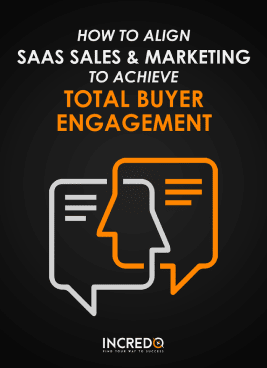
HOW TO ALIGN
SALES AND MARKETING TEAMS
TO ACHIEVE
TOTAL BUYER ENGAGEMENT
Tags:
SaaS Growth
January 21, 2020
![How to Optimize Your SaaS Pricing Page in 2021? [Complete Guide 2021]](https://incredo.co/hs-fs/hubfs/Imported_Blog_Media/20-01-scaled-1.jpg?width=520&height=294&name=20-01-scaled-1.jpg)
![SaaS Freemium Model: What Works in 2021? [COMPLETE GUIDE]](https://incredo.co/hs-fs/hubfs/Imported_Blog_Media/Saas-fremium-model-1.jpg?width=520&height=294&name=Saas-fremium-model-1.jpg)

Comments